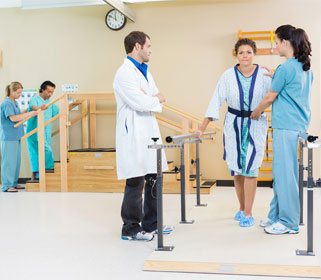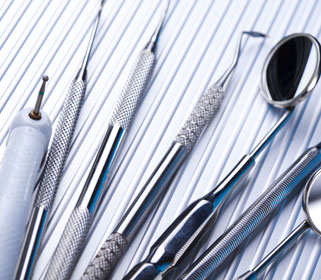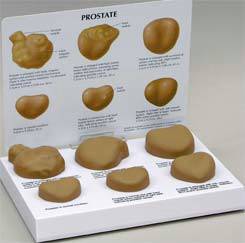Home » Hospital & Durable Medical Equipment » Classroom Activities Using A Prostate Model » Classroom Activities Using A Prostate Model
Classroom Activities Using A Prostate Model
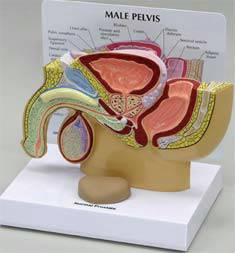
Male Pelvis Cross Section w/ Enlarged Prostates
Retail Price: $120.89
Your Price: $95.89
 Unit: single
Unit: single
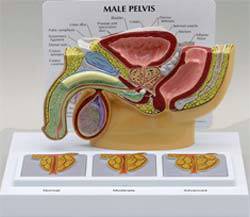
Male Pelvis Cross Section w/ Enlarged Prostates
Retail Price: $120.80
Your Price: $108.14
 Unit: single
Unit: single
Teaching students in introductory or advanced medical classes is a very rewarding experience. No matter how experienced the instructor may be, there is always the option to add new tools to a lecture or laboratory class to help students in understanding concepts and developing a strong knowledge base. One tool for teaching about the functioning and the health concerns with the male reproductive system is a prostate model.
An anatomy model for teaching purposes needs to be clinical, efficient, and well designed. A great option is a model that displays just the prostate gland itself without the rest of the reproductive anatomy. This type of prostate model should include a sample prostate that is normal in size and without any disease features. This first model serves as a comparison to all other diseased models found on the base.
One of the most popular of the options for a prostate model for teaching includes a total of six prostate glands positioned on a base. The base size is 8 ¾ by 6 ¼, perfect for using on a laboratory counter or a classroom desk or table. The model base shows the normal prostate with five common malformations or conditions that may or may not be cancerous. The information provided under the specific model gives a summary of the condition as well as the type of physical attributes that the prostate exhibits.
This type of prostate model is a great option for a follow-up self or group study session after a lecture presentation. The instructor can discuss the various prostate conditions and abnormalities and the specific condition associated with the symptom. The students can view this information in the online presentation or in the associated text book and then use the model to actually see the prostate in three dimensional representations. This combination of options to see, hear about, and actually feel the differences provides great learning opportunities.
Comparing one type of condition to another is also a great way to use this type of prostate model. The students can be assigned the task of determine three or more specific features to look for in a diagnosis that is appropriate for the prostate model or models in question. This is a very effective study tool and will assist students to remember and look for very subtle changes in the gland that may indicate cancer, enlargement, or other abnormalities.
Using the highly informative card that is located behind the prostate model also is a good way to allow students to get additional information about the specific conditions noted in each of the models. The card can be removed from the base for testing purposes or during review or study activities. Allowing students to use the model in study activities as well as in classroom work is ideal for promoting a deeper understanding of the very specific conditions associated with the prostate gland. Using the model in conjunction with a male reproductive model is also very beneficial to allow students to understand the gland's function within the entire system.
MSEC remains dedicated to providing the very best and the very latest in medical supplies and equipment. We never cease to be on the lookout for the latest innovation that will benefit both our many clients and the patients they dedicate their lives to caring for. If you have any difficulty finding your choices in our vast inventory, call our customer service at 1-877-706-4480 to speed up your order or to make a special request. We are always happy to help you.







